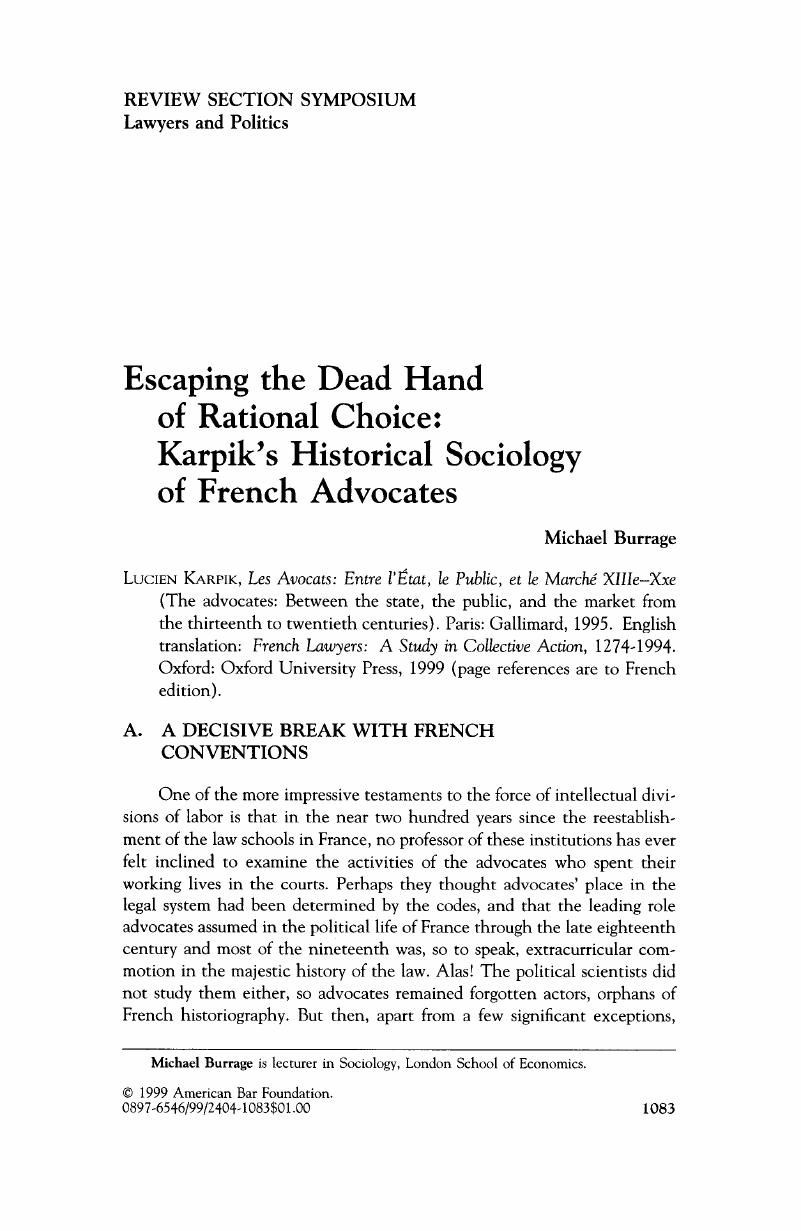Crossref Citations
This article has been cited by the following publications. This list is generated based on data provided by Crossref.
Pavone, Tommaso
2020.
Lawyers, judges, and the obstinate state: The French case and an agenda for comparative politics.
French Politics,
Vol. 18,
Issue. 4,
p.
416.
Pavone, Tommaso
2020.
Lawyers, Judges, and the Obstinate State: The French Case and an Agenda for Comparative Politics.
SSRN Electronic Journal,





